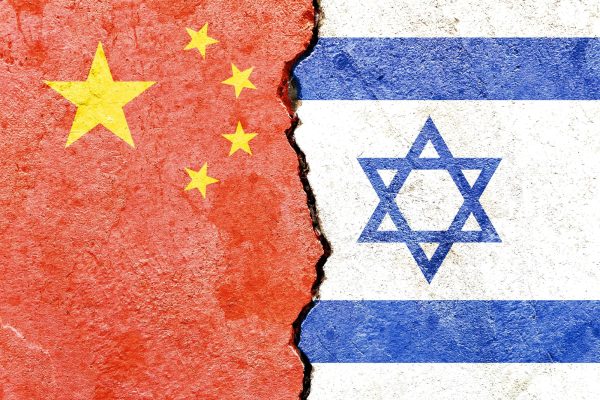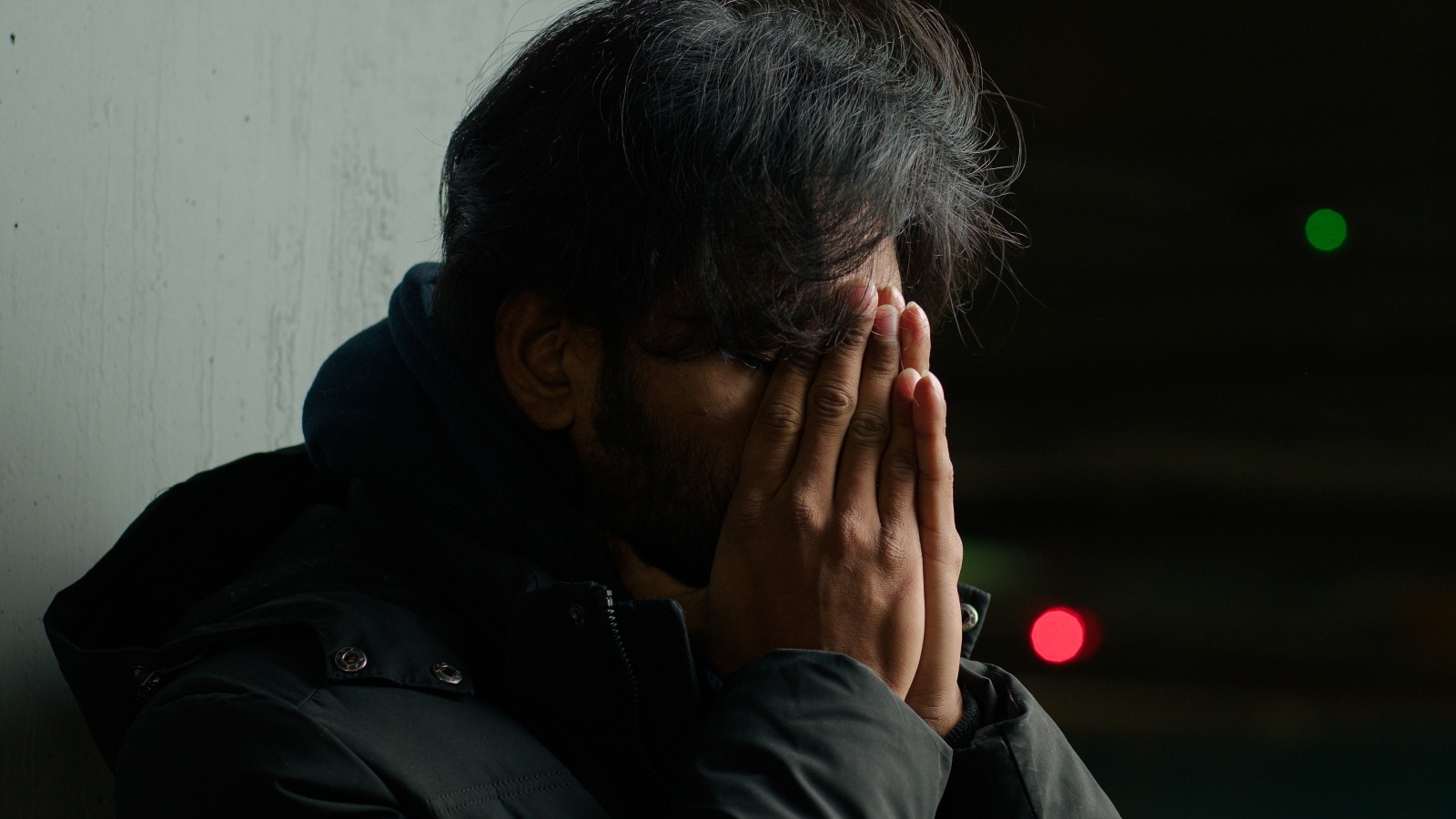PROTECT YOUR DNA WITH QUANTUM TECHNOLOGY
Orgo-Life the new way to the future Advertising by AdpathwayDespite her high approval ratings, Takaichi Sanae’s leadership hasn’t come without concern. On November 21, thousands of Japanese gathered in front of the prime minister’s official residence, urging her not to put Japan in danger. They were responding to recent hawkish pronouncements, such as Takaichi’s November 7 statement asserting that an attack on Taiwan could be “a situation threatening Japan’s survival.”
The controversy surrounding a Taiwan contingency has stoked fear for many Japanese, yet pacifist concerns may not hold. Polling conducted by Kyodo News indicated 48.8 percent support for Japan’s exercise of its right to collective self-defense in the event of a Taiwan contingency, with 44.2 percent opposed. This stance stands in stark contrast to Japan’s contemporary history, where public discourse has long reflected an anti-militarist stance.
The seeming erosion of pacifist norms among Japanese society may enable Takaichi’s hardline security agenda to expand at an alarming rate.
History of Domestic Military Support
Following the end of World War II, Japan committed to a policy of pacifism. To stymie the militarism that derived from monopoly, tyranny, and poverty, vast reforms led by the U.S.-appointed Supreme Commander for the Allied Powers transformed Japanese society. The American occupation and reform efforts purposefully turned Japanese citizens away from supporting the military.
The promulgation of the postwar constitution committed Japan to protecting fundamental human rights; Article 9 also committed Japan to “forever renounce war as a sovereign right of the nation and the threat or use of force as means of settling international disputes.” In essence, the post-war reconstruction era built Japanese society around pacifism, placing it at the core of Japanese culture and society.
Thus, in 2015, the Abe administration’s decision to promulgate the Legislation for Peace and Security was met with outrage. The legislation reinterpreted Article 9 to allow for the deployment of the Japanese Self-Defense Forces (SDF) in a “crisis of national survival,” in which inaction in a foreign contingency would justify the exercise of “collective self-defense.” Then-Prime Minister Abe Shinzo asserted after the vote that the legislation was “absolutely necessary because the security situation surrounding Japan is growing more severe.”
The Japanese public wasn’t convinced. At the time of the legislation’s debate, two-thirds of the Japanese public opposed the bills. After the emotional and chaotic session that led to the bill’s approval, 100,000 Japanese demonstrated outside parliament. Shouting “Don’t send young people to war,” voters expressed their disdain for the legislation’s passage. Abe’s approval rating fell to around 40 percent in the ensuing weeks. Similar to the present, China condemned the passage of the 2015 legislation for its potential to threaten peace and stability in Asia.
Ultimately, Japanese society was not ready for substantial military change in 2015, as it maintained the pacifist values enshrined in the constitution. However, over the past ten years ,the SDF has been empowered. And subsequent efforts produced diminishing push-back from society.
In 2022, the Kishida administration introduced the ambitious Defense Buildup Program, which aimed to raise defense spending to 2 percent of GDP within the next five years, up from 1 percent at the time. A December 2022 poll by the Asahi Shimbun found that a majority – 56 percent – of Japanese supported the acquisition of a counterstrike capability. By then, the rationale of developing security capabilities for “collective self-defense” was met with quiet support. Even now, Japanese society appears satisfied with Takaichi’s potentially inflammatory rhetoric regarding Japan’s involved in a Taiwan contingency.
Backlash Abroad, Not at Home
Takaichi’s November 7 statement saw her open the door to the exercise of “collective self-defense” – i.e., Japan taking military action alongside the United States – in a Taiwan contingency. Unlike previous administrations, which avoided addressing this issue directly, Takaichi made a concrete, albeit hypothetical assertion – one that has been met with a Chinese backlash.
China has since had a diplomatic falling-out with Japan, cutting multiple avenues of interaction, such as travel and trade. Further actions have included the deployment of Chinese warships near Japanese islands and a request for the United Nations to deliver a strong criticism of Takaichi’s recent remarks.
However, this coercive style of diplomacy is only emboldening Takaichi. The prime minister has already decided to deploy medium-range anti-aircraft missiles to a military outpost on the Japanese island of Yonaguni. As the diplomatic dispute continues, not only will the Sino-Japanese relationship continue to weaken, but Beijing risks miscalculating Japan’s political mood, potentially leading to adverse consequences in the near future.
Yet a focus on China’s diplomatic punishments risks overlooking a key issue: the relative non-reaction within Japan. While these statements don’t constitute the same legislative reinterpretation as seen in 2015, Takaichi has still made clear her vision of expanding Japan’s military to combat rising tensions in the Indo-Pacific. And compared to 2015, concerns over Takaichi’s statements have been muted.
The protests led by WE WANT OUR FUTURE, documented on YouTube by the Japanese media outlet CLP, have attracted some online attention. The demonstrations could organize only 1,000 people, compared to the 100,000 or more estimated to have come out in 2015. The change is palpable.
The decline in protester turnout began almost immediately. In 2016, the group that had led the 2015 protests, Students Emergency Action for Liberal Democracy, was disbanded after the ruling Liberal Democratic Party won a supermajority. Then, the 2022 outbreak of the Russia-Ukraine war further altered the public mood toward pacifism.
This shift was apparent in Prime Minister Kishida Fumio’s security policy. Under his administration, three new documents materialized in late 2022: the aforementioned Defense Buildup Program, as well as the National Security Strategy and the National Defense Strategy. These documents all focused on amplifying Japan’s military capabilities, yet (as opposed to 2015) Japanese fears of a real military attack allowed them to pass with little backlash. The Japanese public has less and less interest in responding to security shifts.
Furthermore, while the 2015 protests caused Abe’s approval rating to decline, Takaichi’s statements have not yet led to a decrease in her approval rating. Instead, polling conducted by Kyodo News on November 16 saw Takaichi’s approval rating rise 5.5 percentage points to 69.9 percent, a sharp increase from polling conducted shortly after she took office. Thus, it appears that pacifist concerns are limited to a minority of citizens – and aren’t penetrating the overall political zeitgeist surrounding Takaichi.
Implications
The decline in civil society mobilization at a time when regional tensions are reaching new heights forecasts a foreboding future for Japan. The reduction in civil society action reduces democratic constraints on Japan’s security policy, giving Takaichi the room to escalate defense commitments. As Japan’s protest culture weakens, Takaichi can adopt more hawkish security stances without domestic backlash.
From there, the impact could be two-fold. First, China may misread Japan’s domestic silence as a consensus agreement with Takaichi, raising the risk of diplomatic escalation. This is already occurring.
Second, Japan’s pacifist identity is eroding. The apathy among the Japanese public toward Takaichi’s security policy highlights the gradual normalization of military rhetoric and security exceptionalism. This aligns with Abe’s vision to make Japan into a “normal country” through his 2015 legislation. Now, Takaichi is following the same line, further developing Japan’s security apparatus.
Takaichi is a symptom of a deeper social transformation that began 10 years ago. Japan’s pacifist identity may be shifting toward a “post-pacifist” era, one in which being a “normal” country means being ready to mobilize the military. Because the declining protest culture represents an erosion of pacifist norms, the civic guardrails that once constrained security policy are loosening, giving Takaichi unprecedented authority to expand Japan’s defense ambitions.
While protesters still hold up signs stating “Do not hype up war,” echoing Japan’s post-war pacifist identity, these symbols no longer command the public consensus they once had. Takaichi’s hawkish stance reflects a society whose security beliefs are changing, shaped as much by regional tensions as by Japan’s domestic politics itself.
Whether this marks a concrete transformation is still uncertain. But the decline of mass mobilization suggests that debates over the limits of Japan’s security policy will no longer be fought in the streets but behind closed doors in the Diet.


 9 hours ago
9
9 hours ago
9




















 English (US) ·
English (US) ·  French (CA) ·
French (CA) ·  French (FR) ·
French (FR) ·